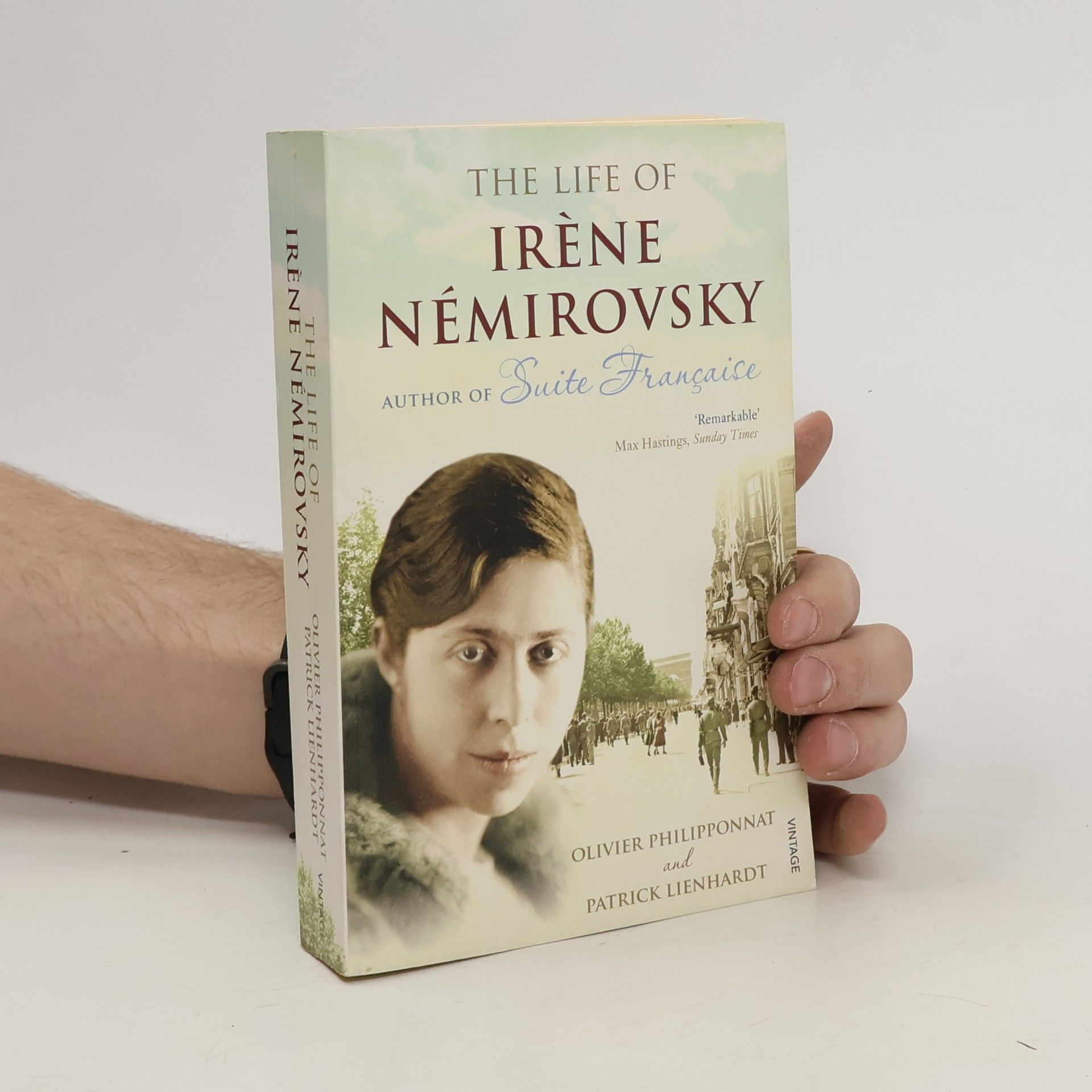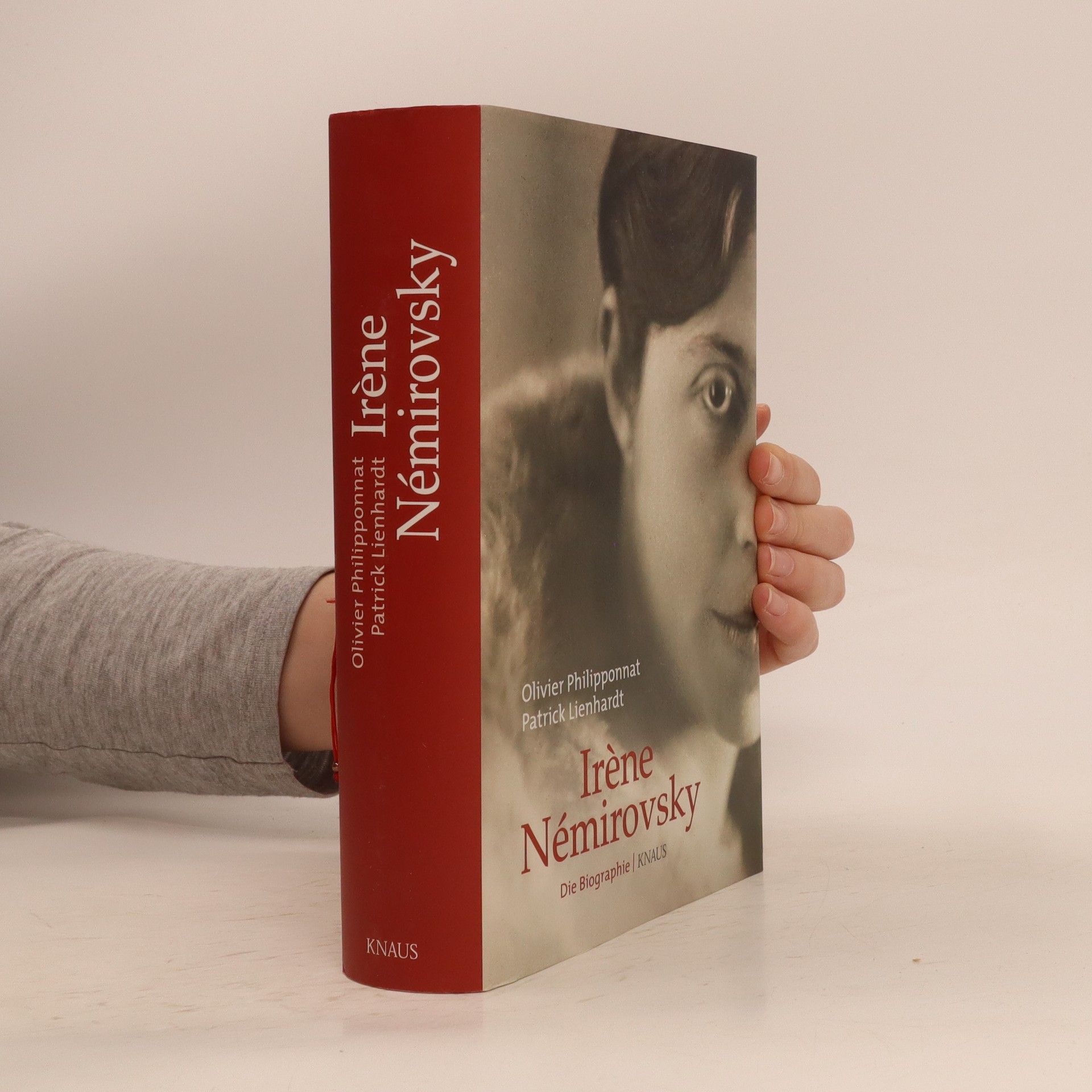»Atemlos von einem Leben in ein anderes geschleudert« – das einzigartige Schicksal der großen französischen Schriftstellerin Mit »Suite française« begann die weltweite Wiederentdeckung von Irène Némirovsky und ihrem Werk. Nun liegt endlich eine Biographie über diese Frau und Literatin, Tochter und Bürgerin vor. Sie liest sich wie der Roman eines abenteuerlichen Lebens. »Den Geschmack bestimmter Tränen vergisst man nie.« Extreme Situationen und damit auch extreme Gefühle begleiten Irène Némirovsky von Kindheit an. Ihr Leben, das nur 39 Jahre währte und in Auschwitz endete, ist geprägt von den Stürmen des 20. Jahrhunderts, ihr Werk eine höchst eigenständige literarische Antwort darauf. Verlusterfahrungen und Einsamkeit sensibilisieren sie früh für Vergänglichkeit. Eine selbstsüchtige Mutter verweigert ihr Liebe und Wärme, das Russland ihrer Herkunft versinkt, Frankreich wird ihr zur zweiten Heimat. Dort entstehen Romane, in denen sie ihr atemloses Leben literarisch verdichtet. Ihren Biographen gelingen sensible Momentaufnahmen versunkener Epochen, verlorener Schönheit und literarischer Kraft. Souverän verzahnen sie historischen Niedergang und gesellschaftlichen Umbruch mit den Geschichten einer außergewöhnlichen Frau, deren Figuren sich zwischen Nüchternheit und großen Gefühlen, zwischen Illusionslosigkeit und Empathie bewegen. Ausstattung: mit s/w-Abb. im Text
Olivier Philipponnat Bücher



Irène Némirovsky's own life was as dramatic as any fiction. Dead at 39 in Auschwitz, author of 16 novels, a biography of Chekhov and many stories, few writers have enjoyed such posthumous acclaim. This biography of Némirovsky is a moving portrait of a 20th-century icon and her dramatic times."
Journal de l'année du désastre
- 224 Seiten
- 8 Lesestunden
Le 3 novembre 1966, un déluge s’abat sur Florence. L’Arno, déjà gonflé par les pluies d’automne, se transforme en un « torrent ocre, rugissant. C’est une crue totale, comme peuvent l’être un feu de forêt ou un ouragan fauchant la campagne et couchant les arbres ». Le centre historique est ravagé. Amoureuse de Florence où elle s’est établie à la retraite, Kathrine Kressmann Taylor fait la chronique du drame, heure par heure. L’Arno qui monte inexorablement, les privations, le sentiment d’abandon… Et, lorsque le fleuve redescend, l’ampleur de la désolation : « Le long des quais de l’Arno, lentement, péniblement, comme si chaque pas leur faisait mal, les Florentins défilent en silence, s’arrêtent, repartent. A jamais leurs visages resteront gravés dans notre mémoire : leurs regards stupéfaits, leurs bouches tordues de douleur, l’interdiction, le choc de la prise de conscience. » A travers une série d’instantanés frappants, l’auteur fait partager la détresse des commerçants ou artisans Florentins, qui ont tout perdu. Elle décrit précisément l’ampleur effrayante des dégâts subis par le patrimoine. Mais face à l’énorme quantité de boue qu’il faut déblayer, les habitants ne se découragent pas, et ce journal débouche sur plusieurs notes d’espérance : la résilience des Florentins, la restauration des œuvres d’art, une ville qui renaît grâce au courage et des gens simples et à la solidarité internationale.